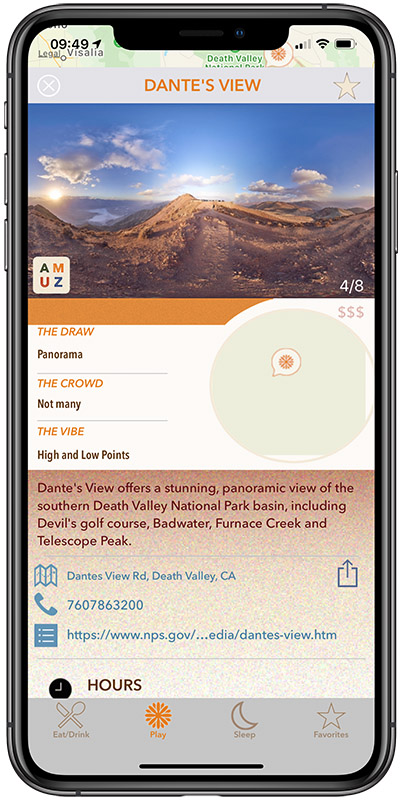“I think there is a real chance this is a very bad moment for us – ‘Facebook lies about its user #s to get record profits.'” <- Facebook employee.
You can see (familiar) how they strategize spin 1) captured advertising clients lobbying for them, 2) small business!!! etc etc /5
One finds an uncommon freedom at the Farm, in the company of Peter and Kevin, as well as a certain grief, realizing what we’ve habitually missed, and what it’s cost us. If we ignore those who don’t talk, we fail to develop beyond our words.
To succeed, get other people to pay you; to become wealthy, help other people to succeed.
Publishers like The Guardian become conscientious FLoC objectors, as The New York Times and others open to testing the controversial tech
Separating rumor from fact on Covid-19’s origin
An Interview With Linus Torvalds: Linux and Git
The Rise and Fall of a Double Agent
Where Did the Other Dollar Go, Jeff?
The popular cooking website will not publish new beef recipes over concerns about climate change. “We think of this decision as not anti-beef but rather pro-planet,” an article said.
An Ohio Town Grapples With Tearing Down a Plant From the Cold War}
Everything That’s Ever Gone Wrong on My Camping Trips
Apollo 11 Astronaut Michael Collins on the Past and Future of Space Exploration
These are complex decisions that trade off privacy, ease of use and competition, and they might be made by lawyers.
Among the simple programs Chuck Geschke wrote that summer was a way of printing envelopes for the announcement of his daughter’s birth.
That year we anchored in Greece for the summer and spent winter in a Sicilian marina with a good discount.
In short: Don’t wait for the government to fix privacy. Any attempt to curtail and reverse the growing power of surveillance capitalism will have to start from us — the people — through grassroots mobilization. Pass it on.
Your Car Is About To Be a Software Platform, Subscriptions and All
Toilet to table: Michigan farmers feed crops with ‘toxic brew’ of human and industrial waste
Hong Kong leader Carrie Lam lashes out at Western powers for ‘double standards, hypocrisy and lies’
Havana syndrome: NSA officer’s case hints at microwave attacks since 90s
(From a physician friend: “The flu is gone because everyone is sticking to the rules but COVID is rising because no one is sticking to the rules.”)




